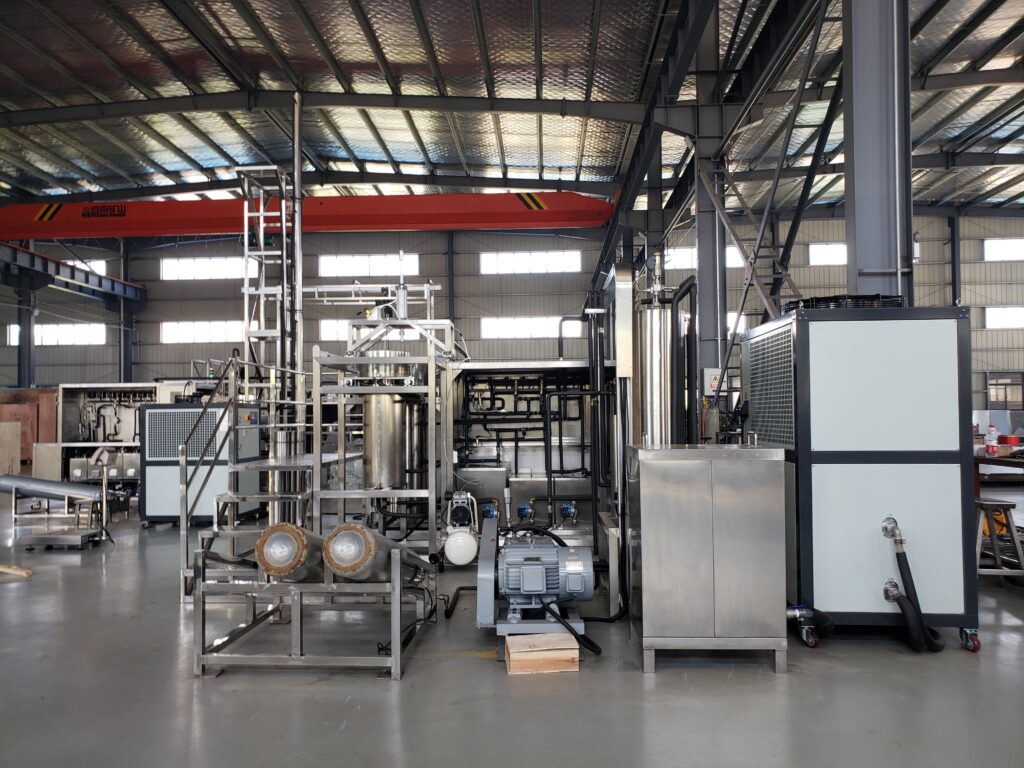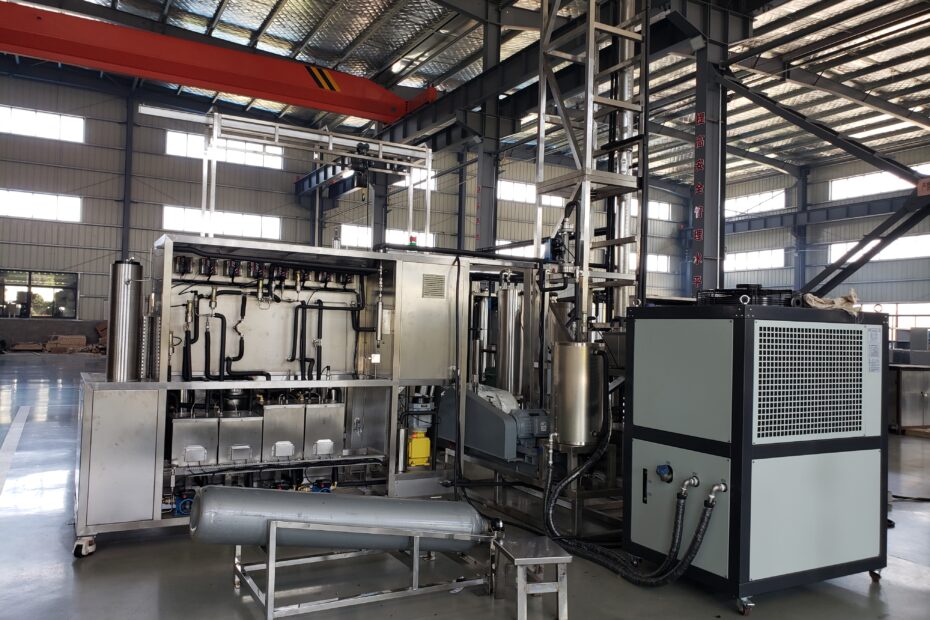Supercritical CO2 fluid extraction technology is a new separation technology in modern chemical separation. It has the characteristics of fast mass transfer rate, strong penetration ability, high extraction efficiency and low operating temperature. This technology has been widely used in medicine, food, chemical industry and other industries.
In the realm of extraction processes, two methods have gained significant traction for their efficacy in isolating desired compounds from raw materials: supercritical CO2 extraction and hydrocarbon extraction. Both techniques offer unique advantages and considerations, making them popular choices across various industries.
Understanding Supercritical CO2 Extraction
Supercritical CO2 extraction utilizes carbon dioxide in its supercritical state, where it exhibits properties of both a gas and a liquid. This state occurs when CO2 is subjected to specific temperature and pressure conditions, resulting in a solvent with excellent solvating properties. In the extraction process, CO2 is pumped into a chamber containing the raw material, where it dissolves the target compounds. The CO2-laden extract is then separated from the solid matrix, typically through depressurization, leaving behind a highly concentrated extract.
Understanding Hydrocarbon Extraction
Hydrocarbon extraction involves the use of hydrocarbon solvents such as butane, propane, or ethanol to extract desired compounds from plant material. This method relies on the solvent’s ability to dissolve lipophilic (fat-soluble) compounds, including cannabinoids, terpenes, and essential oils. During the extraction process, the solvent is passed through the raw material, dissolving the target compounds and creating a solution. The solution is then filtered to remove any impurities, leaving behind a concentrated extract.

Comparison of Supercritical CO2 Extraction and Hydrocarbon Extraction
To better understand the differences between supercritical CO2 extraction and hydrocarbon extraction, let’s compare them across various parameters:
| Parameters | Supercritical CO2 Extraction | Hydrocarbon Extraction |
|---|---|---|
| Solvent | Carbon dioxide in supercritical state | Hydrocarbon solvents (e.g., butane, propane, ethanol) |
| Safety | Generally considered safe and non-toxic | Requires careful handling due to flammability |
| Environmental Impact | Environmentally friendly and non-toxic | Can pose environmental risks if not properly managed |
| Selectivity | Highly selective, allows for targeted extraction | May extract a broader range of compounds |
| Residual Solvent | Typically negligible residual solvent | Requires thorough post-extraction solvent removal |
| Equipment Complexity | Requires specialized equipment and higher upfront cost | Relatively simple equipment setup |
| Regulatory Considerations | Generally compliant with regulatory standards | Regulations may vary depending on solvent used |
Applications of Supercritical CO2 Extraction
Food and Beverage Industry
- Extraction of natural flavors and fragrances from botanicals
- Decaffeination of coffee and tea
- Extraction of essential oils from herbs and spices
Pharmaceutical Industry
- Extraction of active pharmaceutical ingredients (APIs) from plant material
- Isolation of natural compounds for drug formulation
Applications of Hydrocarbon Extraction
Essential Oils Industry
- Extraction of essential oils from botanicals for use in aromatherapy and perfumery
- Production of natural flavorings for food and beverages
Chemical and Petrochemical Industry
- Extraction of natural gas liquids (NGLs) from raw natural gas
- Refining of crude oil to isolate specific hydrocarbon fractions
Conclusion
Supercritical CO2 extraction and hydrocarbon extraction are two widely used methods for extracting desired compounds from raw materials. While both techniques offer distinct advantages and applications, they also come with their own set of considerations, including safety, environmental impact, and regulatory compliance. By understanding the differences between these extraction methods and their respective applications, industries can make informed decisions to optimize their extraction processes for efficiency, quality, and safety.
